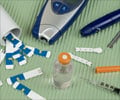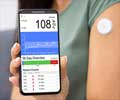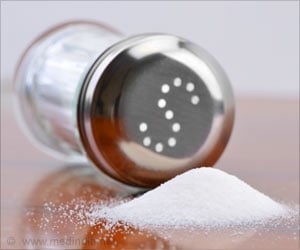Researchers have long suspected that overweight people tend to have large fat deposits in their pancreases.
Researchers have long suspected that overweight people tend to have large fat deposits in their pancreases, but they've been unable to confirm or calculate how much fat resides there because of the organ's location.
Until now.Scientists at UT Southwestern Medical Center are the first in the U.S. to use an imaging technique called magnetic resonance spectroscopy (MRS) to measure the amount of pancreatic fat in humans. Though scientists worldwide already use MRS to investigate a number of diseases including breast cancer and epilepsy, the UT Southwestern group has successfully used the noninvasive method to measure pancreatic fat.
Findings from a new UT Southwestern study available online and in a future issue of the Journal of Clinical Endocrinology and Metabolismsuggest that measuring pancreatic fat content in people could one day serve as an effective clinical tool to identify those at high risk of diabetes and monitor interventions designed to prevent the disease.
"These are very early results, but if they hold true, pancreatic MRS would be a fast and noninvasive test to screen people at risk for diabetes either because they're obese or they have a family history of type 2 diabetes, or metabolic syndrome," said Dr. Ildiko Lingvay, assistant professor of internal medicine at UT Southwestern and lead author of the study. "It could potentially tell physicians which patients are most likely to develop diabetes in the near future and thus are in need of more aggressive interventions."
MRS is a specialized technique similar to magnetic resonance imaging (MRI). It uses no radiation and is completely noninvasive. The test generally takes 20 to 30 minutes. Whereas an MRI can tell clinicians where a tumor is located, MRS can tell those physicians whether the tumor is malignant by providing biochemical information about specific tissues in the body rather than simply detecting the existence of those tissues, Dr. Lingvay said.
For this study, researchers used MRS to measure the amount of pancreatic fat in 79 adult volunteers. The research team obtained duplicate measurements one to two weeks apart from 33 study participants to make sure the results could be replicated over time.
Advertisement
Using MRS, the researchers found that the overweight and obese volunteers had significantly more pancreatic fat than did those in the lean group. The volunteers who had similar BMIs but had already developed either pre-diabetes or diabetes had even more pancreatic fat.
Advertisement
The next step, Dr. Lingvay said, is to determine whether reducing the amount of fat in the pancreas lowers diabetes risk.
Source-Eurekalert
SRM















